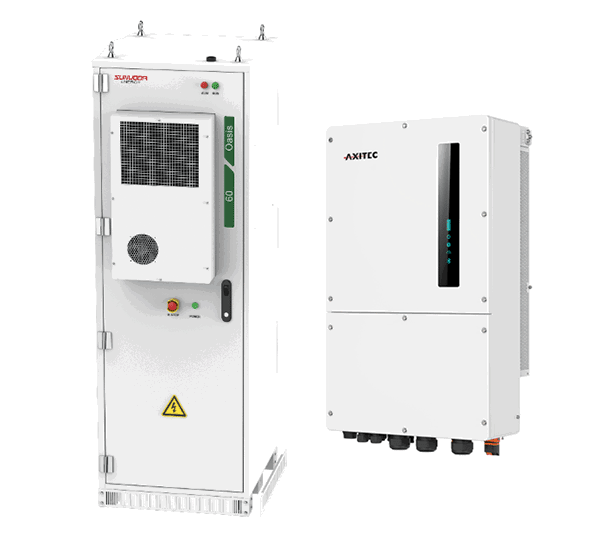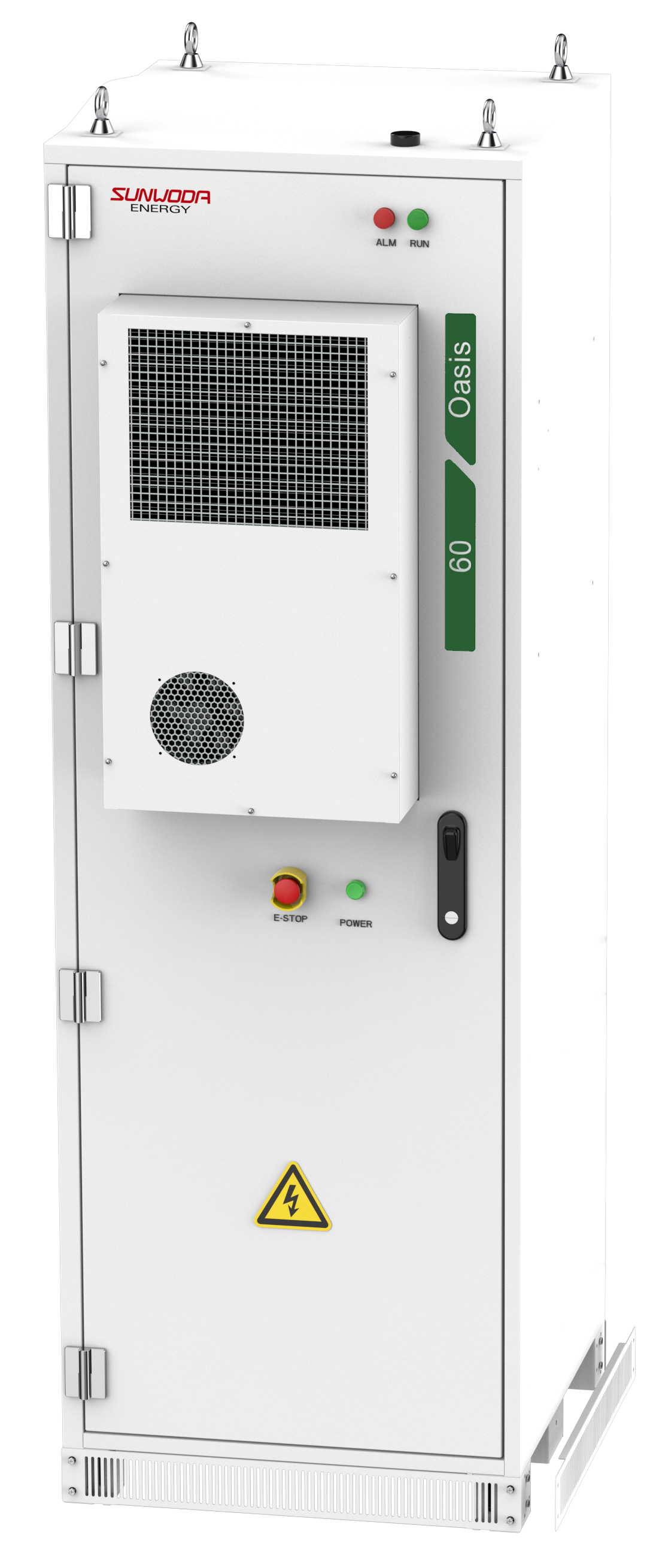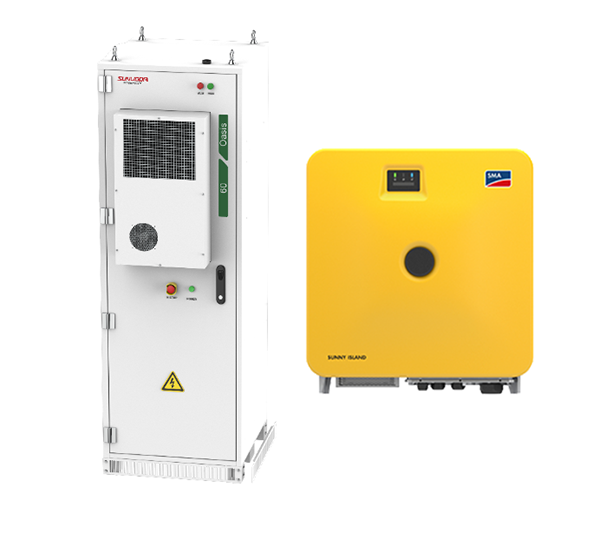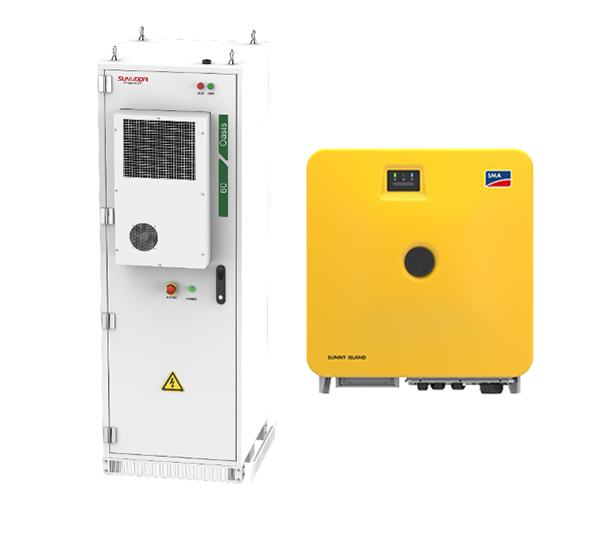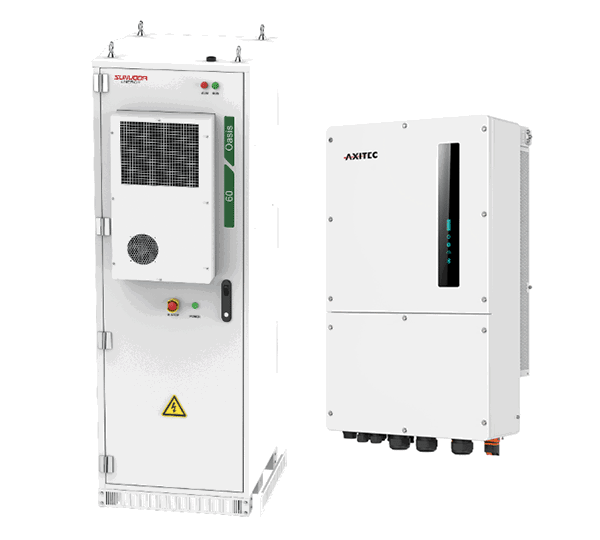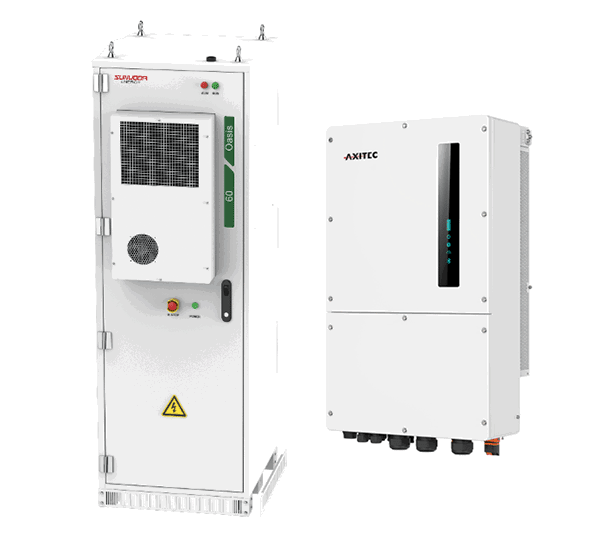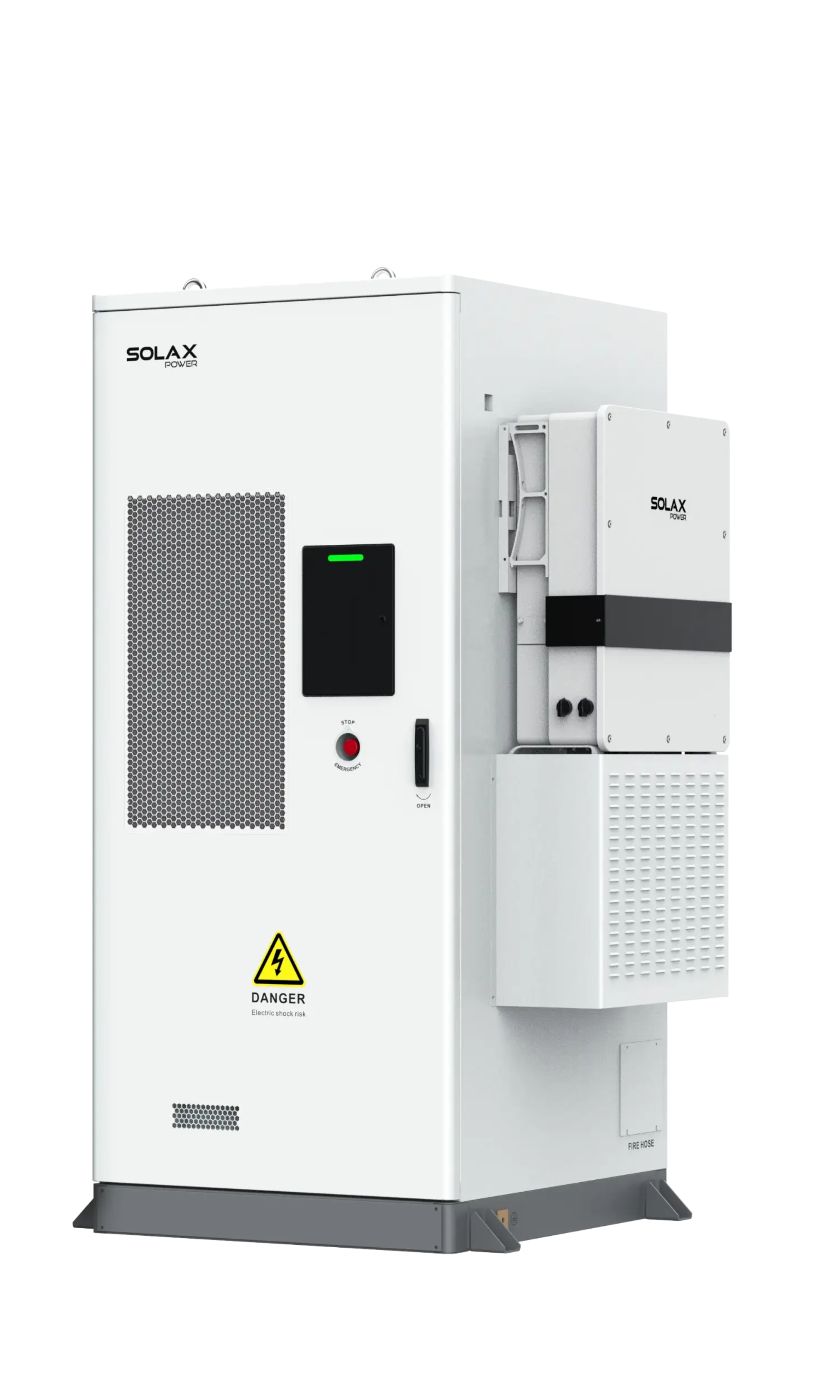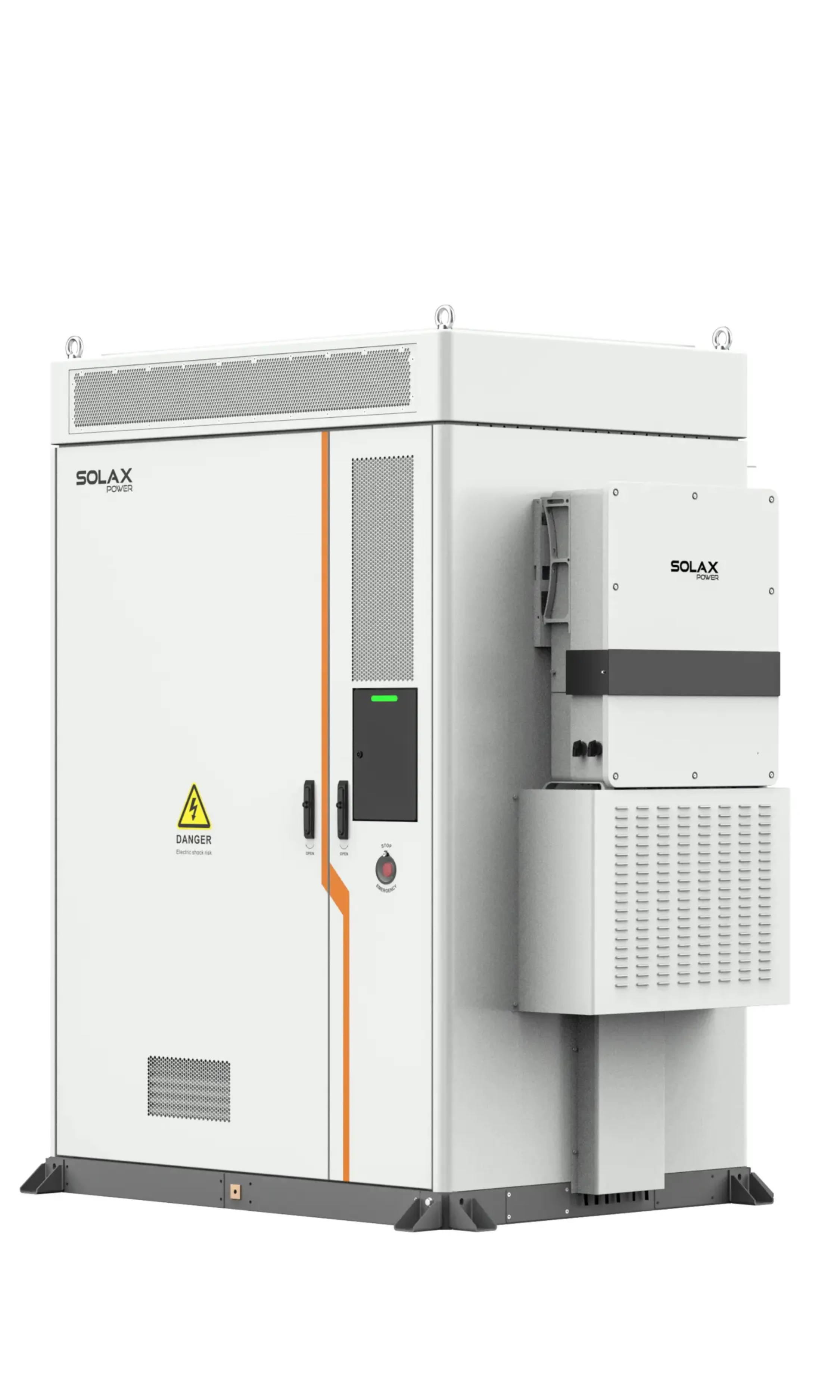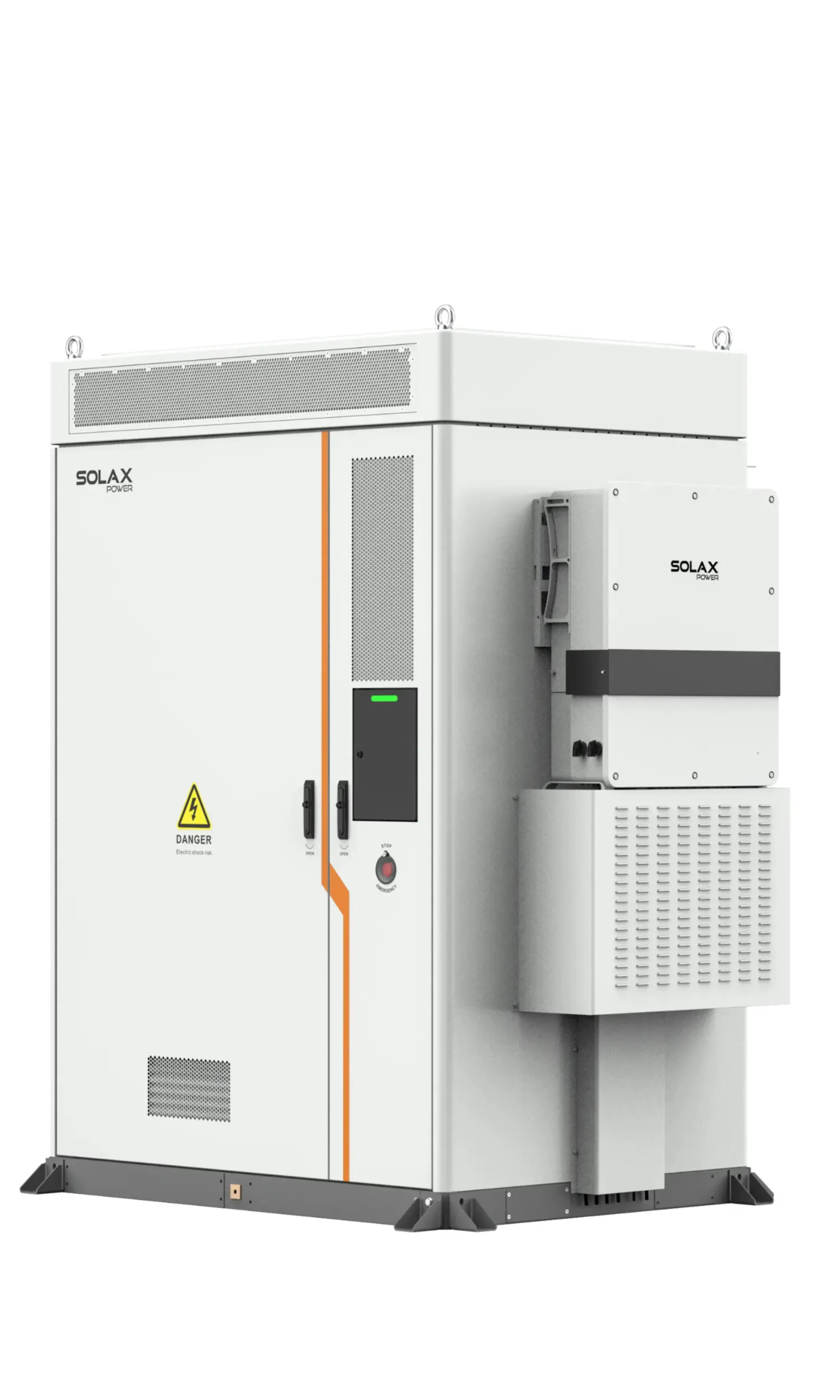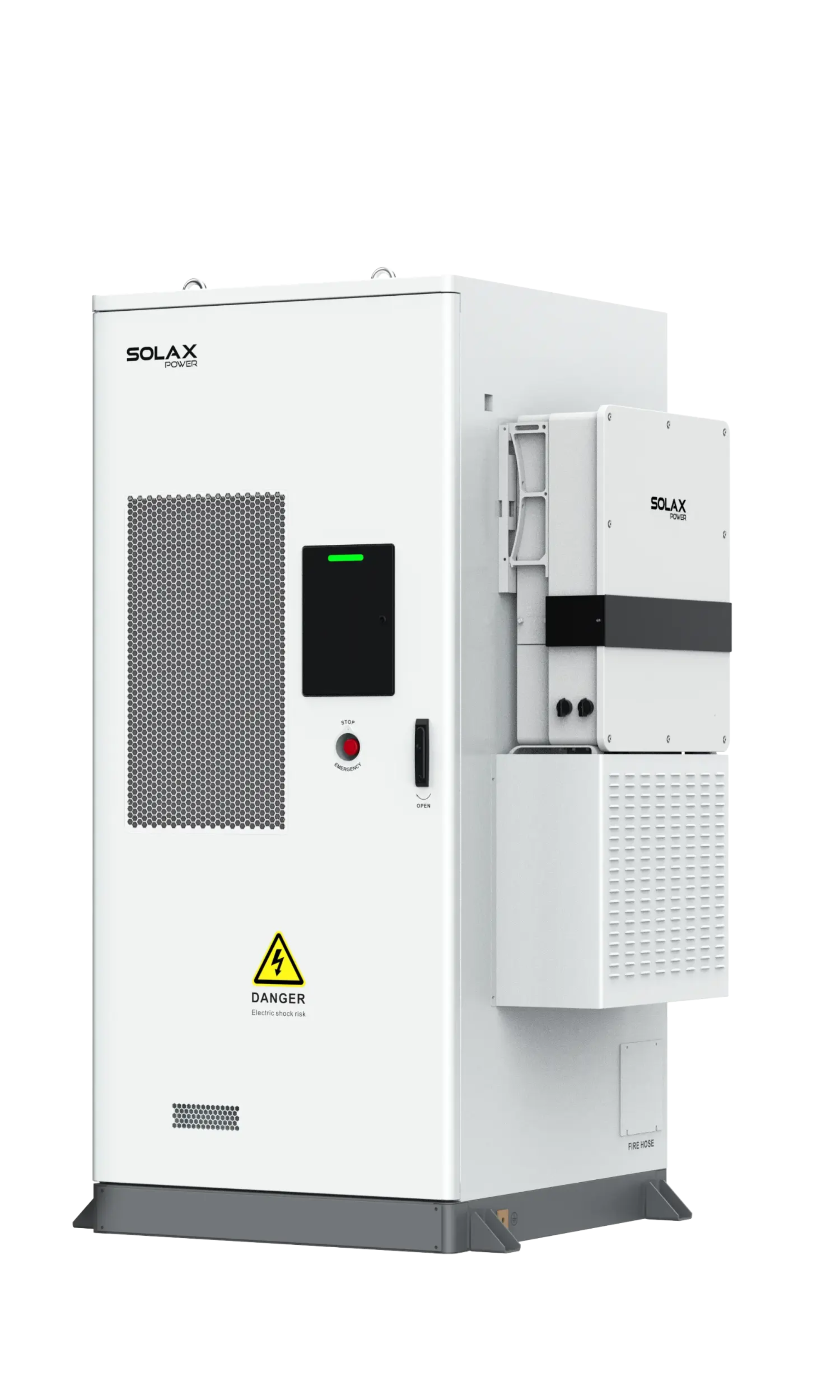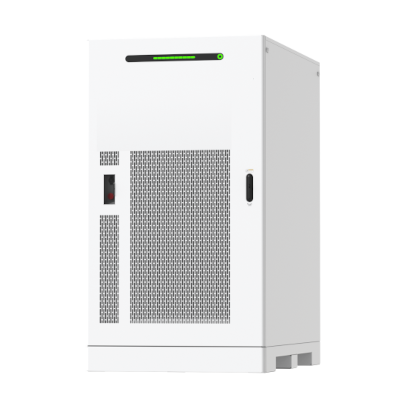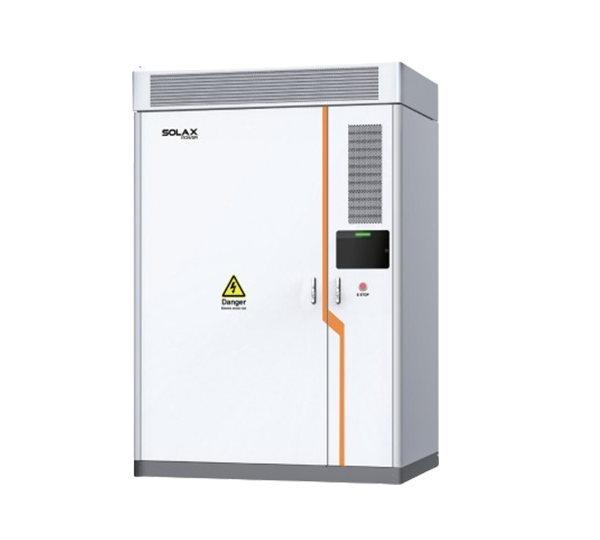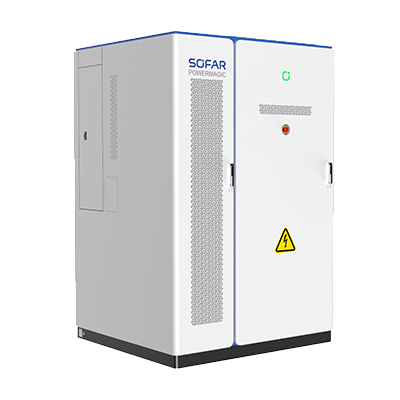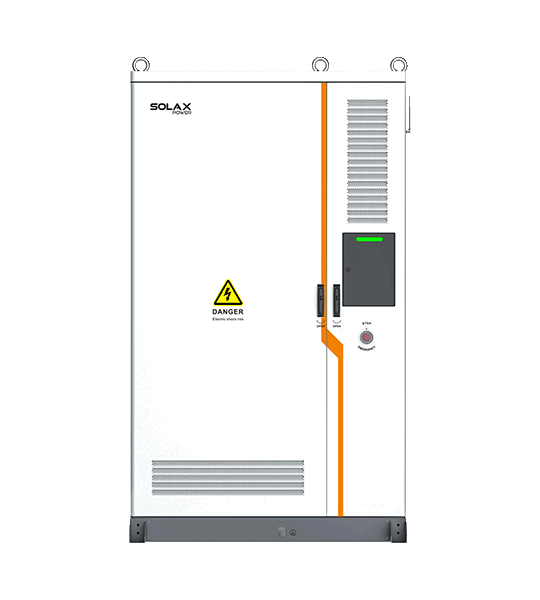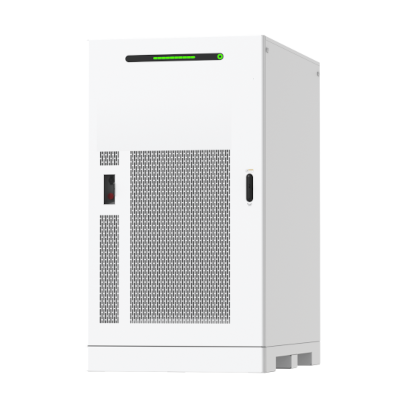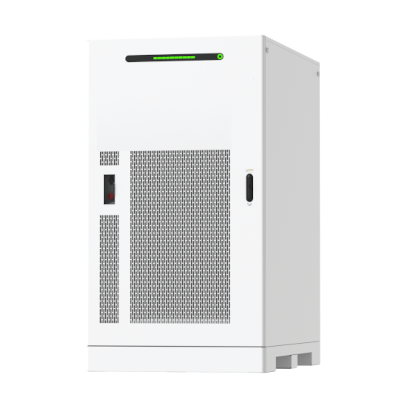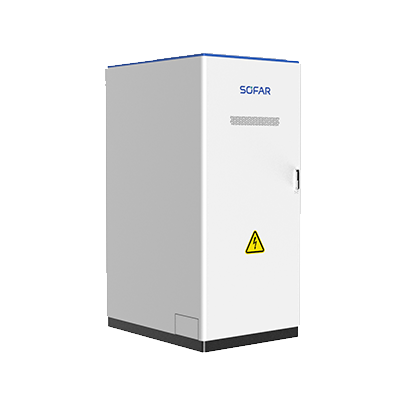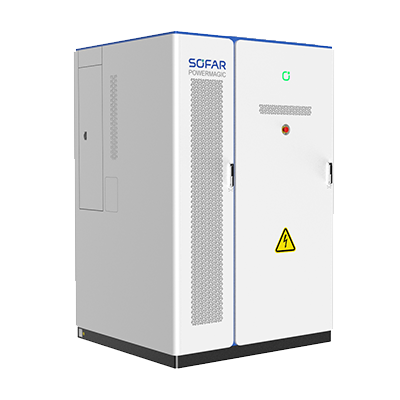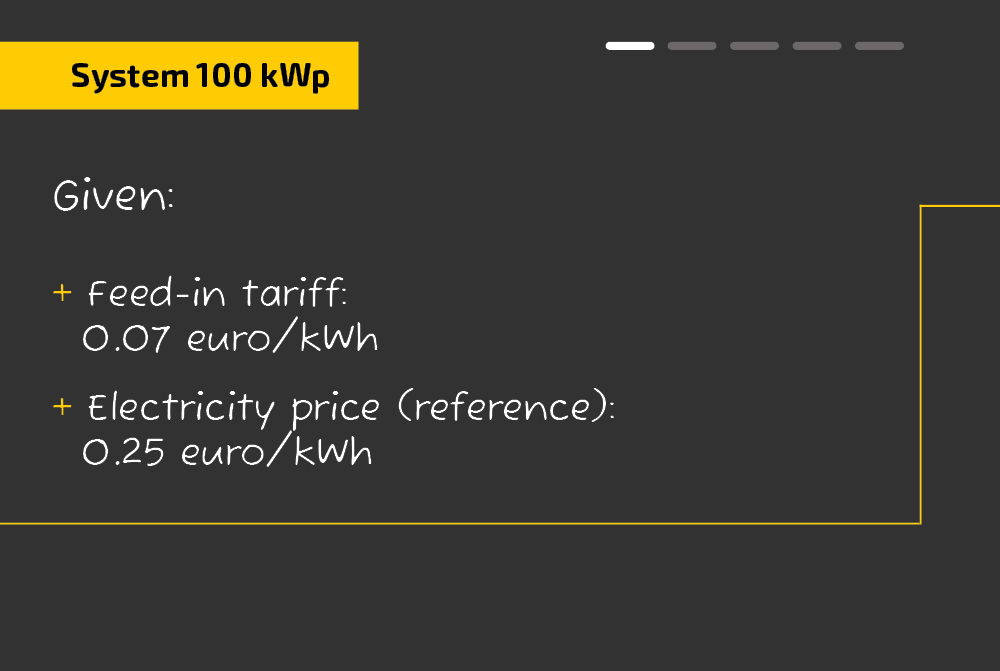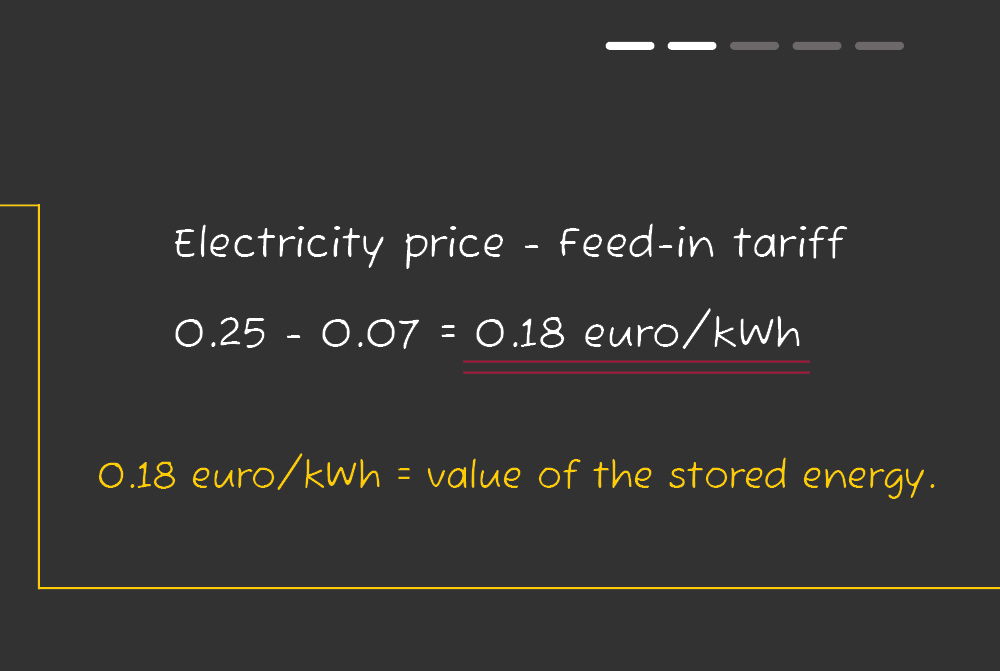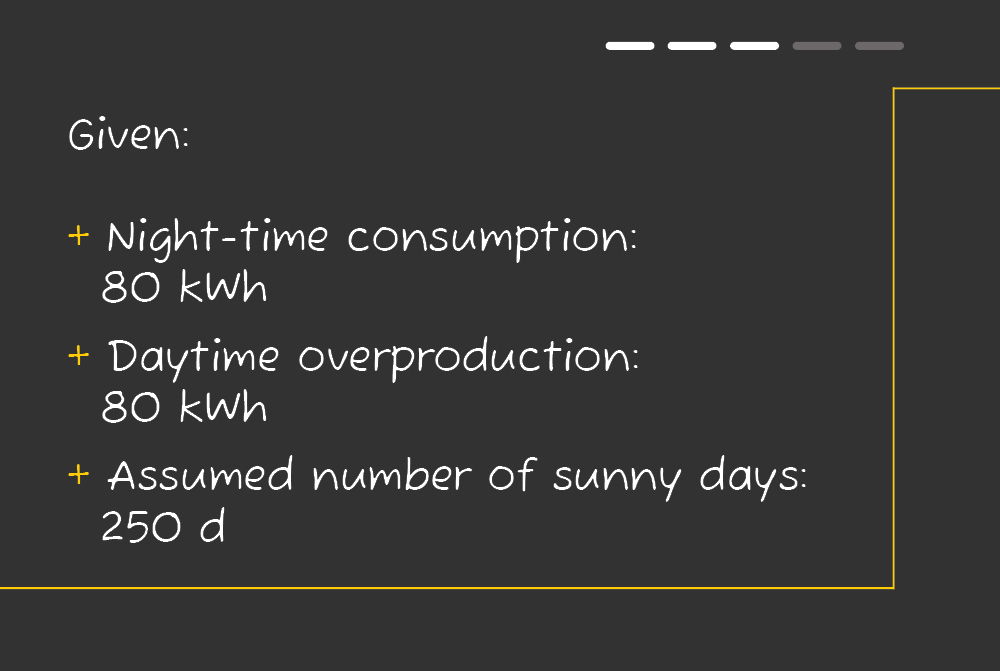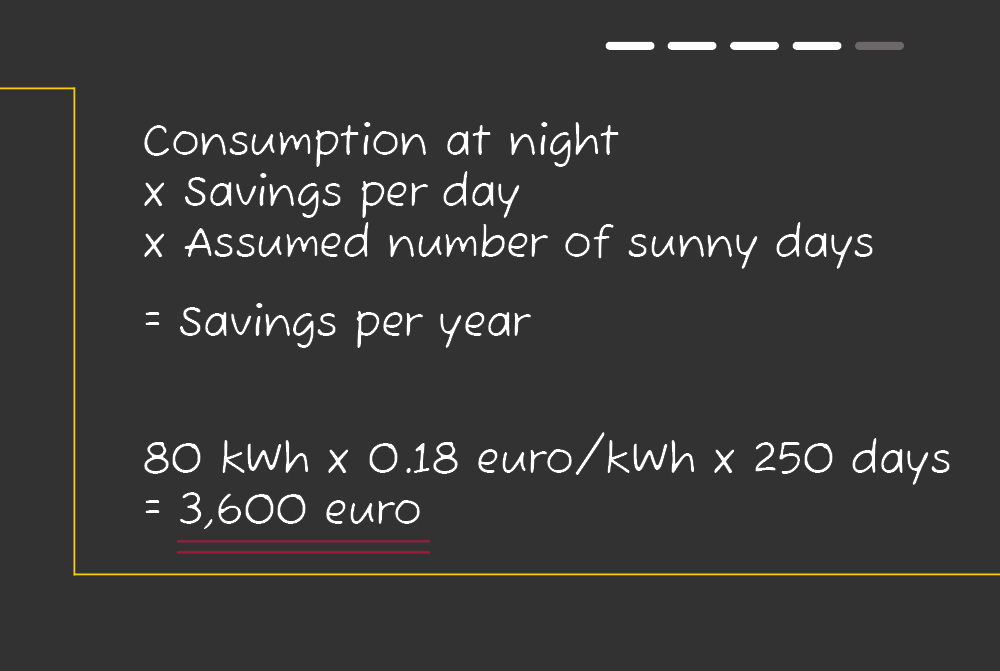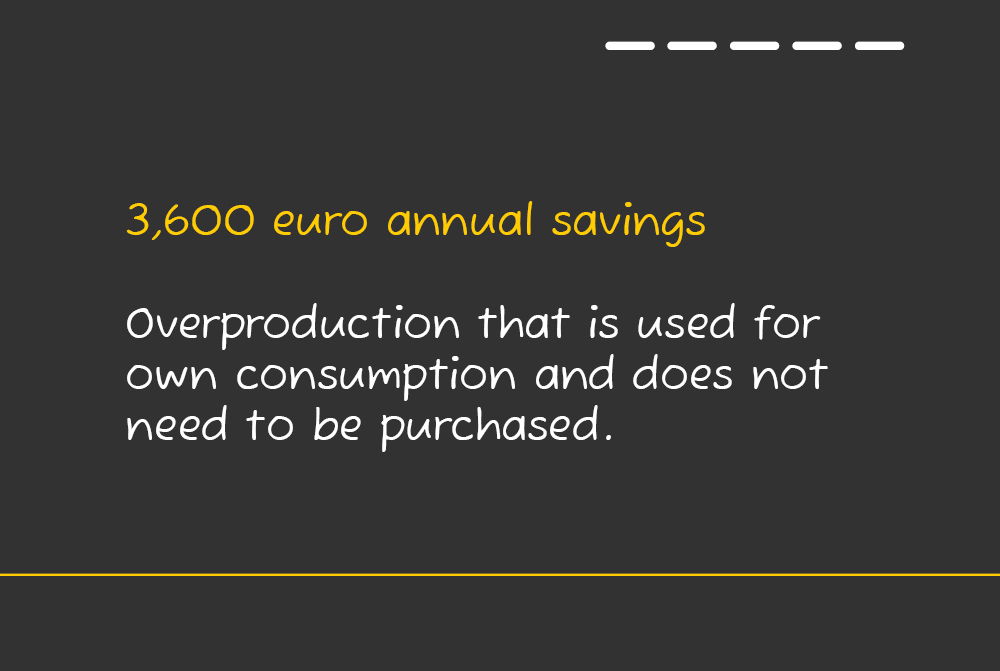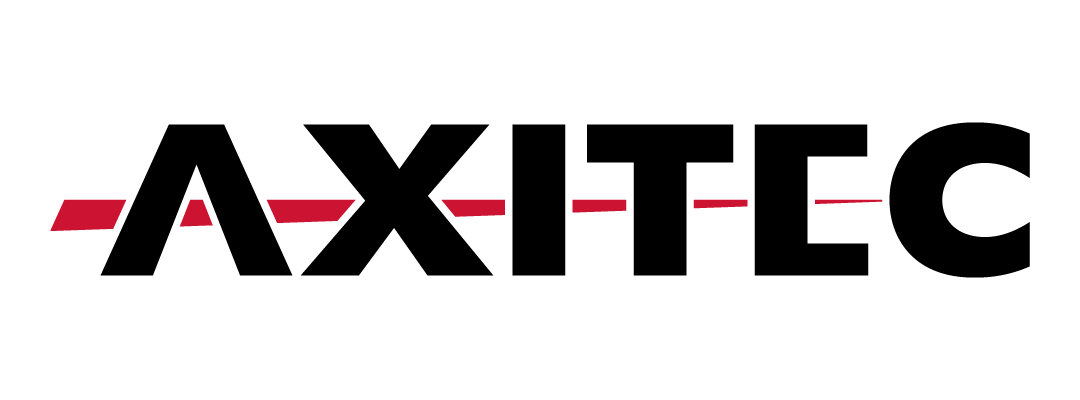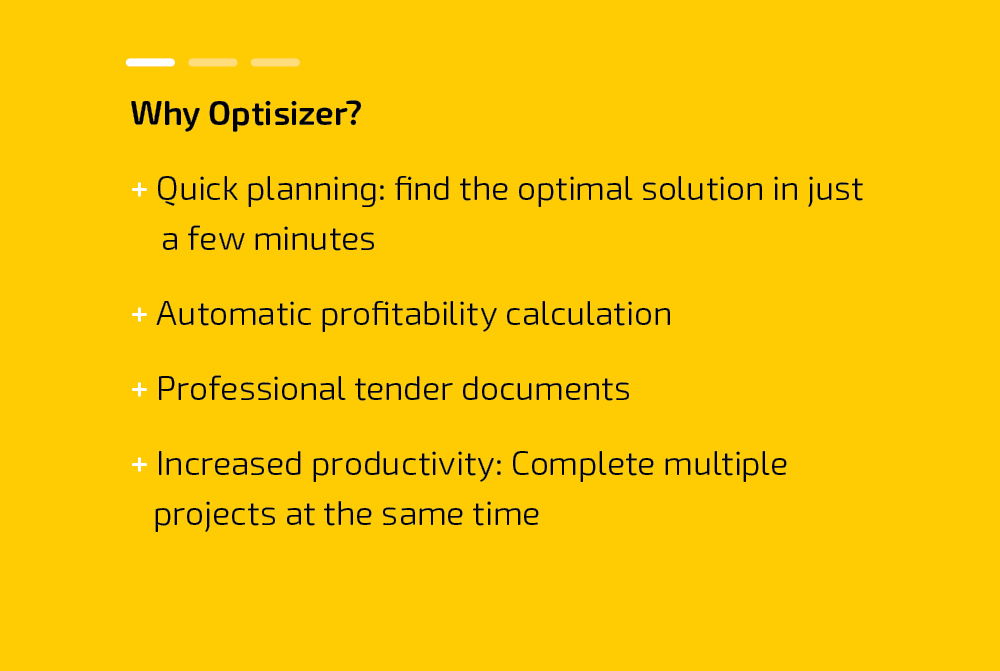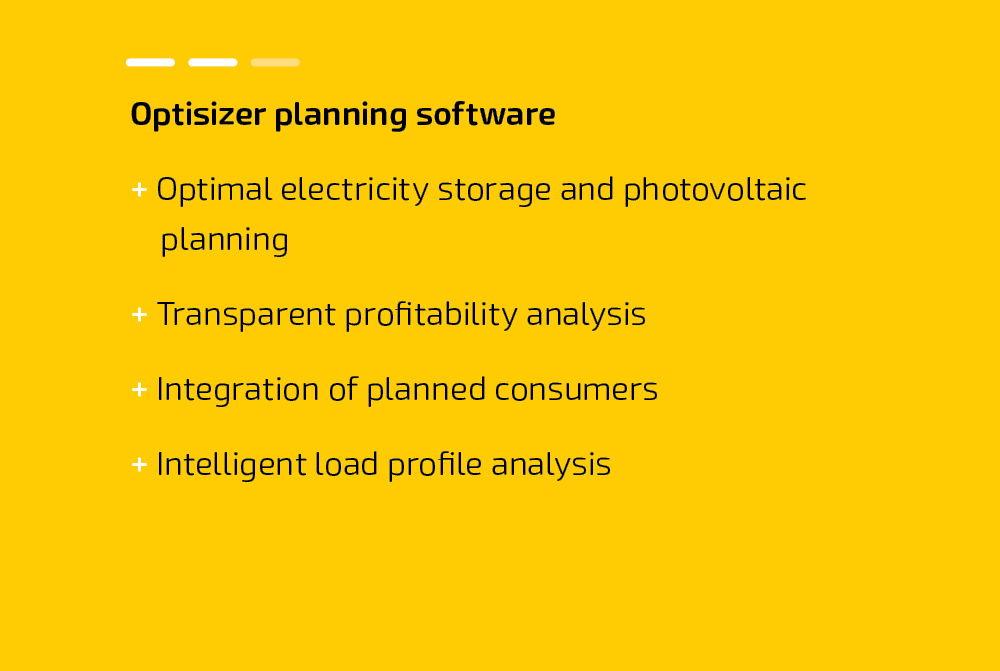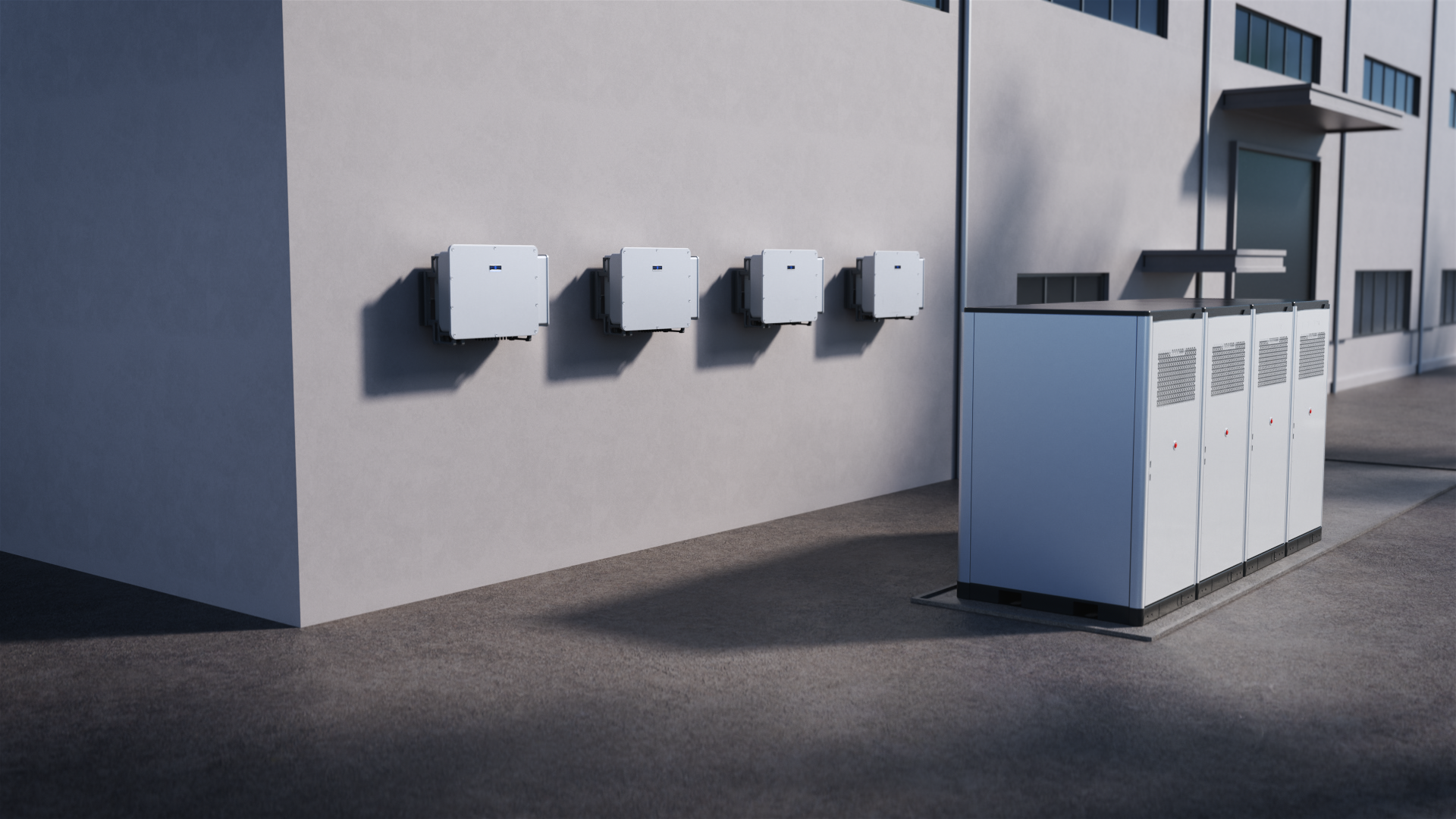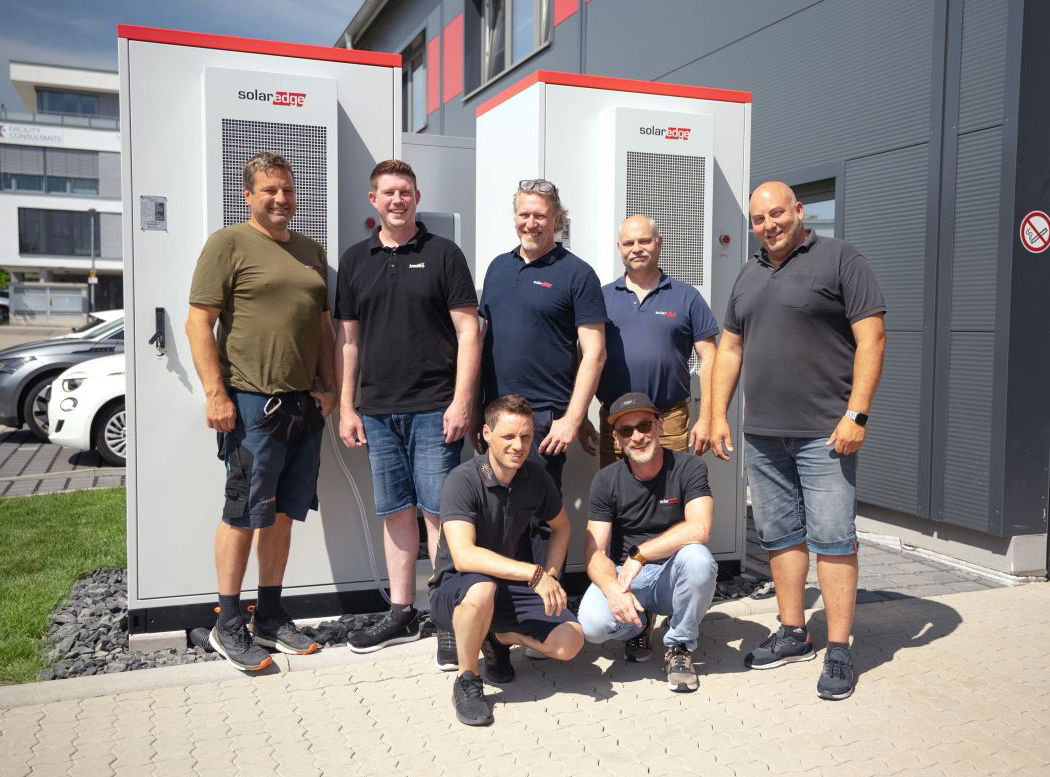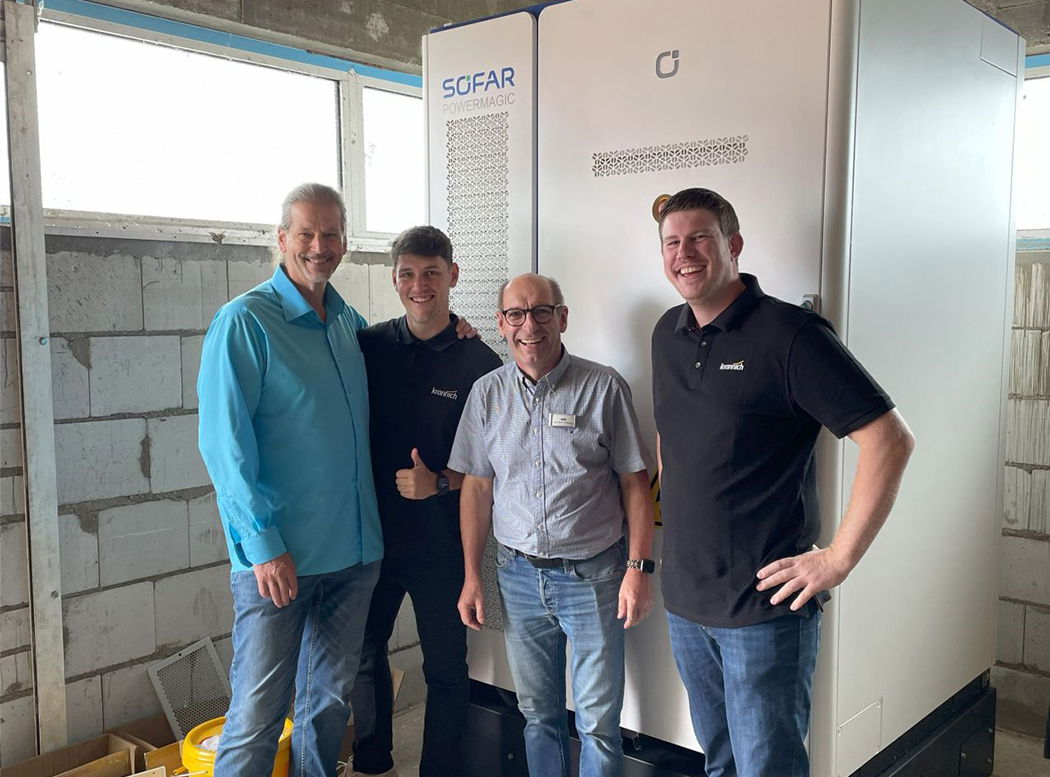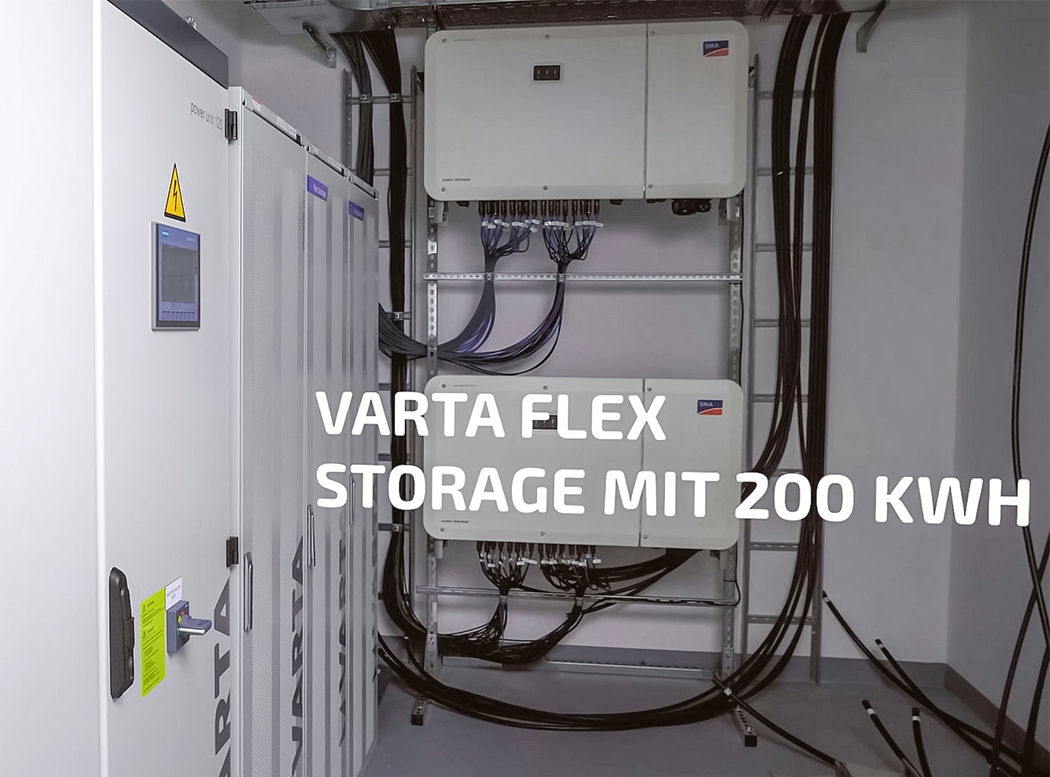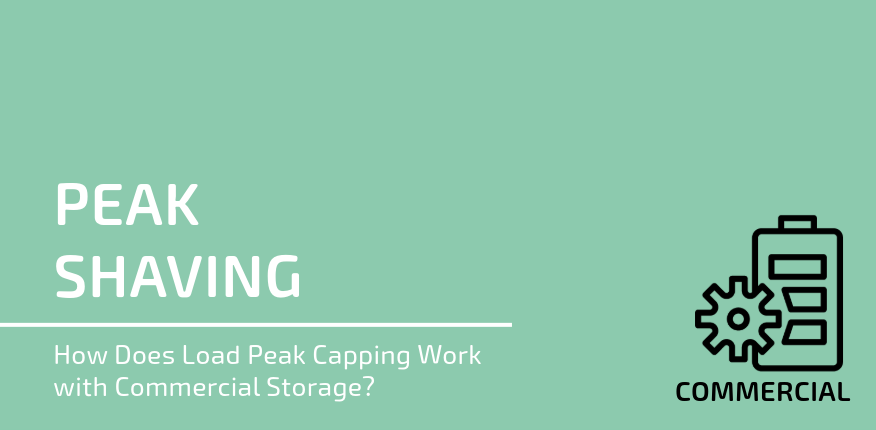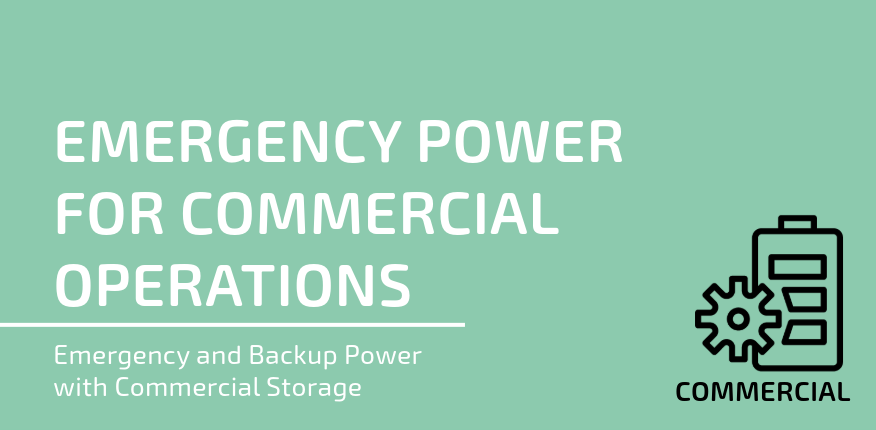Your Partner for Commercial Storage Systems
Commercial energy storage systems are becoming increasingly important — for power grids, electricity markets, and system operators alike. In the coming years, we expect monthly growth of up to 50 MWh! One reason for this rapid development: the gap between small storage units (up to 20 kWh) and commercial-scale systems starting at 100 kWh is closing. This means commercial storage solutions are becoming relevant for more and more operators.
Contact Us
Do you have questions about calculating the payback period of a storage project? Do you need support with planning? Or would you like to learn more about our large and small commercial storage systems? Feel free to get in touch with us — our team of experts will provide you with professional and reliable support.
Definition
Our portfolio includes storage systems that can scale up to the megawatt range, as well as solutions suitable for medium-sized installations on commercial and industrial sites. The smaller commercial storage units can be installed in much the same way as residential storage systems. Larger storage systems, on the other hand, require a higher degree of additional planning and coordination.
Small Commercial Storage Systems – from 20 to 200 kWh
When we talk about small commercial storage systems, we mean solutions designed for commercial facilities with capacities ranging from 20 to 200 kWh. These storage units are often DC-coupled and can be installed in a manner similar to storage systems used in residential installations. They are primarily used to optimize self-consumption.
Large Commercial Storage Systems – from 100 kWh up to the MW Range
When we refer to large commercial storage systems, we mean truly large storage cabinets. Their capacity starts at 100 kWh and extends into the megawatt range. These are typically AC-coupled systems that can be used for a wide variety of scenarios.
Our Partnership with Optisizer – Up to 25% Discount for Krannich Customers
Optisizer supports installers in the efficient planning of renewable energy systems for commercial and industrial clients — based on data about energy consumption and costs.

With the Optisizer planning software, installers can calculate a complete PV system including a suitable energy storage unit in just a few clicks. Krannich customers also benefit from attractive terms when purchasing an annual package.
The Most Important Applications for Commercial Storage Systems
Anstatt Strom zu niedrigen Preisen ins Stromnetz einzuspeisen, kann er selbst verbraucht werden, um hohe Bezugskosten einzusparen. Weil die PV-Anlage aber nicht immer dann Strom produziert, wenn er gebraucht wird und auch nicht unbedingt in den notwendigen Mengen, kommen Speicher zum Einsatz und ermöglichen eine signifikant höhere Eigenverbrauchquote und Autarkie.
Energy suppliers charge not only for the energy consumed but also for the highest power demand during the billing period — the so-called load peak. These load peaks can be reduced (“shaved”), allowing energy costs to be significantly lowered.
When electricity demand increases significantly — for example, due to the installation of a high-performance charging infrastructure — the existing power supply network may no longer be sufficient. Instead of investing considerable time and money in expanding the power grid, a more cost-effective alternative is to install a commercial storage system that provides the required peak power.
Grid operators are required to offer a lower grid fee to customers whose load profile significantly deviates from typical grid usage. This can be achieved with a commercial storage system and with load shifting or load control.
Large storage systems with grid support absorb electricity during periods of overproduction and release it again during times of underproduction. In this way, commercial storage systems become an alternative to, for example, gas turbine power plants, which grid operators traditionally activate during underproduction. This type of application requires agreements and contracts with the energy supplier, who will also need remote access to the storage system.
“Time of Use” refers to operating scenarios in which the energy storage system is used according to a set schedule. On the one hand, several different scenarios can be applied at various times. On the other hand, operators can take advantage of fluctuating electricity prices by purchasing and storing energy when it’s inexpensive. Later, the stored energy can be used for their own needs or resold. This principle can also be applied to smaller commercial storage systems.
References
Whether for smaller installations or megawatt-scale projects — you can rely on an experienced PV partner for your ventures. Our image gallery showcases impressions of successful installations in which we participated as a supplier.
- 1. Expansion of an existing solar system with two CSS-OD storage systems from SolarEdge for our customer WG Solar Concept, designed for self-consumption. As a result, the energy demand was reduced by 90%. Watch the video here..
- Successful commissioning of a PowerMagic commercial storage system from Sofar at Autohaus Leibach, enabling greater independence from the grid. Commissioning was carried out by the installation company EnKOOP.
- Connection of a 200 kW Varta flex Storage system with emergency power function to the 4,000 m² solar installation of Homebox. The planning and commissioning were handled by Prisma Neue Energie in collaboration with Krannich Solar. Learn more in this video..
Contact for Commercial Storage Consultation
Are you planning to invest in a commercial energy storage system, or do you work professionally with such systems? Would you like advice on an upcoming project? Then feel free to get in touch with us.
The information provided in the following form helps us prepare optimally for the consultation and present you with a suitable solution. You can find your annual electricity consumption and the maximum power drawn in your load profile, provided your energy supplier makes this data available. The specification of the planned installation site is required for selecting the appropriate product and determining the necessary enclosure protection class.
Get in touch
